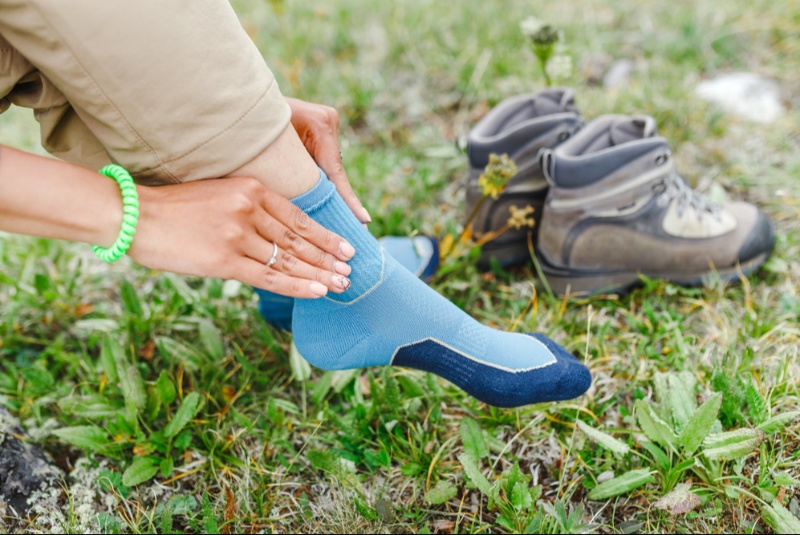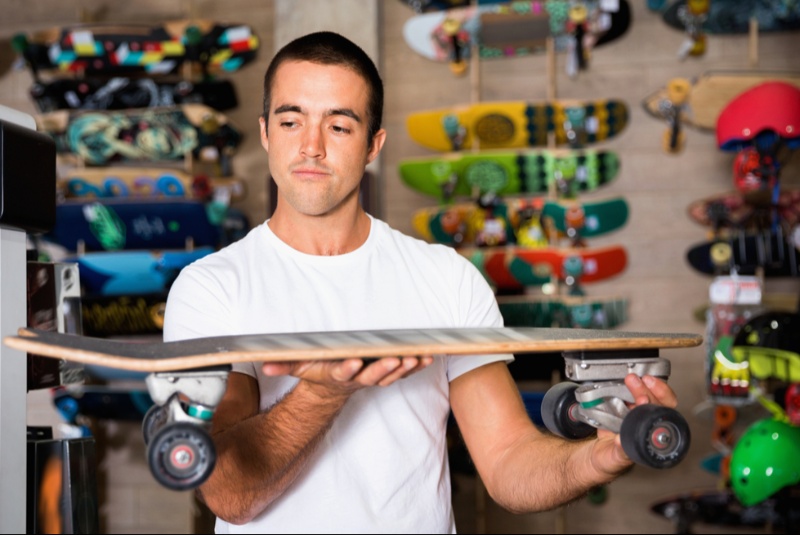Stand-up paddleboarding has surged in popularity as a fun and accessible water sport that offers both relaxation and exercise. Whether you're looking to paddle leisurely across a calm lake or catch waves in the ocean, choosing the right stand-up paddleboard (SUP) can significantly enhance your experience. This guide will help you navigate through the various considerations and options available, ensuring you select the best SUP for your adventures.
Determine Your Paddleboarding Activities
Before purchasing a SUP, consider how you plan to use it. Different activities require different types of boards:
- Flatwater Paddling: If you anticipate paddling on calm waters like lakes or quiet rivers, look for a board that offers stability and glide. These boards are typically longer and have a planing or displacement hull.
- Surfing: For catching waves, you’ll want a shorter board with a planing hull that’s more maneuverable in surf conditions.
- Touring: Touring boards are designed for long distances and often feature a displacement hull, which cuts through the water efficiently. They are usually longer and narrower, providing speed and tracking ability.
- Yoga: SUP yoga requires a wide, stable board with a soft top for comfort.
Identifying the primary use will guide your decision-making process, helping you choose a board that matches your intended activities.
Consider Board Size and Volume
The size and volume of the SUP play a crucial role in determining its stability and performance. Generally, the larger the board, the more stable it is. However, larger boards can be less maneuverable. When considering size, factor in your weight and skill level:
- Length: Boards typically range from 9 to 12 feet. Longer boards tend to be faster and track straighter, making them great for touring and racing. Shorter boards are easier to turn and are ideal for surfing.
- Width: A wider board offers more stability, which is particularly beneficial for beginners, larger paddlers, or those looking to do yoga on their SUP.
- Volume: A board's volume, expressed in liters, gives you an indication of its ability to float with weight on it. A higher volume means more buoyancy, supporting more weight without sinking too deep into the water.
Choose a board size and volume that will comfortably support your weight and suit your paddling style.
Select the Right Construction Material
SUPs can be made from various materials, each affecting the board's weight, performance, and price:
- EPS Foam and Epoxy: These are common for rigid boards; they are lightweight and offer good performance.
- Polyethylene: Often found in cheaper boards, polyethylene is durable but heavier.
- Inflatable: Made from high-tech PVC with drop-stitch construction, inflatable SUPs are extremely portable and storage-friendly, making them ideal for those with limited space or those who wish to travel with their board.
Each material has its pros and cons, so choose based on your balance of performance needs, budget, and storage options.

Evaluate Hull Types
The hull, or body, of a paddleboard plays a major role in how the board performs in the water. There are two main types of hulls:
- Planing Hull: A planing hull is flat and wide, similar to a surfboard. It’s designed to ride on top of the water and is best suited for leisure paddling, surfing, and SUP yoga.
- Displacement Hull: This hull has a pointed nose or bow (front end), which slices through water, pushing the water around the nose to the sides of the SUP to improve efficiency and speed. Ideal for touring and racing.
Your choice between a planing and displacement hull should be based on the type of paddling you plan to do most.
Check the Fin Setup
Fins add stability and tracking ability to a paddleboard. The number and arrangement of fins can vary:
- Single Fin: Often seen in touring SUPs, a single large fin provides good straight-line tracking and minimal drag in flat water.
- Three Fins: Common in surfing paddleboards, this setup promotes straight tracking on flat water and good control in surf.
- Multiple Fins: Some boards feature additional smaller side fins that help improve balance and tracking in various water conditions.
Consider the types of water and activities you anticipate engaging in to select the appropriate fin setup.
Look for Additional Features
Many SUPs come with extra features that enhance functionality and convenience:
- Deck Pads: These provide comfort for your feet and traction on the board.
- Bungee Straps and Tie-Downs: Useful for securing gear to your board during longer paddling sessions or when carrying items.
- Carry Handles: Ensure the board can be easily transported to and from the water.
These features can significantly impact your experience, particularly if you plan to use your SUP for extended periods or in different conditions.
Assess Portability and Storage
Consider how you will transport and store your SUP. Inflatable boards offer the greatest ease of transport and storage, as they can be deflated, rolled up, and packed into a backpack. Rigid boards require more space and often need a roof rack for transport. If storage or transport space is limited, an inflatable may be the best option.
Set Your Budget
Stand-up paddleboards can vary widely in price, from a few hundred to several thousand dollars. Set a budget that reflects your level of commitment and how often you intend to use the SUP. While it can be tempting to go for cheaper models, investing in a higher-quality board from a reputable brand can enhance your paddling experience and longevity of the board.
Read Reviews and Seek Expert Advice
Before making your final decision, read customer reviews and seek advice from experienced paddlers or sales experts. Reviews can provide real-world insights into how a board handles specific conditions, while experts can offer personalized recommendations based on your size, skill level, and intended use.
By carefully considering each of these aspects, you can find a stand-up paddleboard that not only suits your needs but also enhances your water adventures. Whether you’re paddling across a serene lake or navigating coastal waters, the right SUP can make all the difference in your enjoyment and performance.




